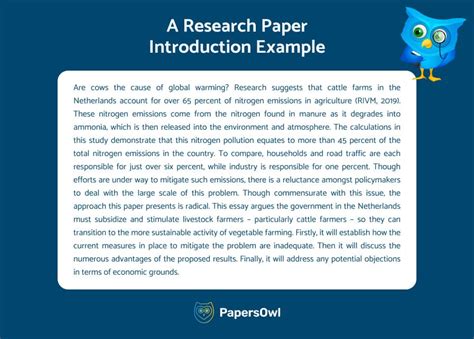How To Start a Research Paper: A Step-by-Step Guide
Starting a research paper can feel overwhelming, but breaking it down into manageable steps makes the process much less daunting. This guide will walk you through the crucial initial phases, from choosing a topic to creating a solid outline. By following these steps, you'll be well on your way to writing a compelling and well-researched paper.
1. Choosing Your Research Topic
This is arguably the most important step. A poorly chosen topic can lead to frustration and a subpar paper. Consider these points:
- Your Interests: Choose a topic that genuinely interests you. Your enthusiasm will fuel your research and writing process.
- Scope: Select a topic that's manageable within the given timeframe and word count. Avoid overly broad topics that are impossible to cover comprehensively.
- Availability of Resources: Ensure sufficient credible sources are available to support your research. Check library databases and online resources to assess the availability of relevant materials.
- Originality: Aim for a unique angle or perspective, even within a well-researched area. A fresh perspective can make your paper stand out.
Finding Inspiration:
- Brainstorming: Jot down any ideas that come to mind, no matter how seemingly insignificant.
- Reviewing Course Materials: Your textbooks and lecture notes are excellent starting points.
- Consulting with Your Professor: Seek guidance and suggestions from your instructor.
2. Conducting Preliminary Research
Before diving into in-depth research, conduct preliminary research to gain a broad understanding of your chosen topic. This involves:
- Keyword Research: Identify relevant keywords and search terms to guide your research.
- Exploring General Resources: Read encyclopedias, textbooks, and overview articles to get a foundational understanding.
- Identifying Key Concepts and Arguments: Pinpoint the central concepts and debates surrounding your topic.
3. Developing a Strong Research Question
A clear and focused research question is crucial. It guides your research and provides direction for your writing. Your research question should be:
- Specific: Avoid vague or overly broad questions.
- Measurable: Your research should be able to address the question in a concrete way.
- Achievable: Ensure you can answer the question within the given constraints.
- Relevant: The question should be relevant to your field of study and contribute to existing knowledge.
- Time-Bound: Consider the timeframe you have for research.
4. Creating a Detailed Outline
A well-structured outline is the backbone of a successful research paper. It helps organize your thoughts and ensures a logical flow of ideas. Your outline should include:
- Introduction: State your research question, provide background information, and briefly outline your argument.
- Body Paragraphs: Each paragraph should focus on a specific aspect of your research question, supported by evidence from your sources.
- Conclusion: Summarize your findings, restate your argument, and suggest potential avenues for future research.
- Bibliography/Works Cited: List all sources you consulted, following a consistent citation style.
5. Gathering and Evaluating Sources
This stage involves identifying, locating, and critically evaluating relevant sources. Remember to:
- Use Credible Sources: Prioritize peer-reviewed journal articles, books from reputable publishers, and government reports.
- Evaluate Source Bias: Be aware of potential biases in your sources and consider multiple perspectives.
- Take Thorough Notes: Keep track of your sources and record relevant information for your paper.
By following these steps, you'll build a strong foundation for your research paper and significantly reduce the stress associated with starting this important academic task. Remember that the beginning is the most crucial stage, so invest the necessary time and effort to ensure a successful outcome.
